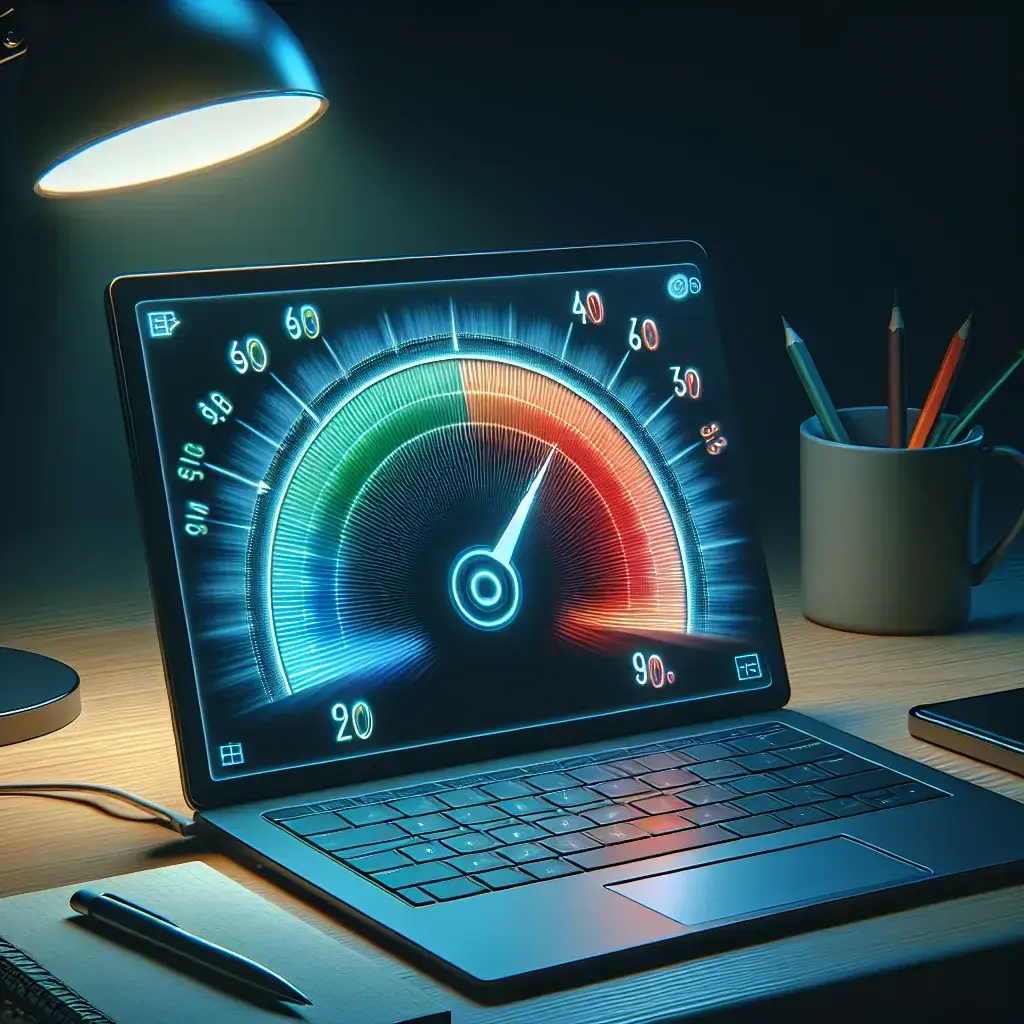Managing the fan speed on your Windows 10 laptop is crucial for maintaining optimal performance and preventing overheating. Whether for gaming, intensive tasks, or general use, understanding and controlling fan speeds can improve your laptop's lifespan and performance.
Why Control Fan Speed?
The reasons for controlling your laptop fan speed are manifold:
- Temperature Regulation: Prevents overheating, which can damage components.
- Performance Optimization: Allows your laptop to maintain high performance without thermal throttling.
- Noise Reduction: Reduces the noise caused by fans running at high speeds.
- Energy Efficiency: Balances the energy consumption.
Methods to Control Fan Speed
Using BIOS/UEFI Settings
The BIOS/UEFI offer direct control over hardware settings, including fan speed.
Steps to access BIOS/UEFI:
- Restart your laptop.
- During startup, press the designated key (usually F2, F10, or ESC) to enter BIOS/UEFI.
- Navigate to the “Fan Speed Control” or similar settings.
- Adjust the fan speeds according to your needs.
- Save changes and exit.
Note: Not all laptops have advanced fan control options in BIOS/UEFI.
Using Third-Party Software
If your BIOS/UEFI options are limited, you can use third-party software to control fan speeds.
Popular software tools:
- SpeedFan: A powerful tool for monitoring and controlling fan speeds. Download SpeedFan
- HWMonitor: Monitors various system parameters, including fan speeds. Download HWMonitor
- Argus Monitor: Provides detailed monitoring and fan speed control. Download Argus Monitor
Steps to using SpeedFan:
- Download and install SpeedFan from the official website.
- Open SpeedFan and let it detect your system.
- Navigate to the “Configure” button to set up fan control.
- Adjust the fan speeds using the provided options.
- Apply changes and monitor your system's performance.
Using Manufacturer-Specific Utilities
Many laptop manufacturers provide their own utilities for controlling hardware settings, including fan speeds.
Examples:
- ASUS ROG Gaming Center: Allows control over various hardware settings for ASUS laptops.
- MSI Dragon Center: Provides detailed performance and hardware tuning options for MSI laptops.
- Dell Power Manager: Optimizes power and thermal management for Dell laptops.
Steps to using manufacturer utilities:
- Download the appropriate utility from your manufacturer’s website.
- Install the utility and restart your laptop if necessary.
- Open the utility and navigate to the fan control section.
- Adjust the fan speeds as per your needs.
- Apply the changes and monitor for desired performance.
Monitoring and Feedback
Continuous monitoring is essential to ensure your adjustments are effective and your laptop is running optimally. Most third-party tools and manufacturer utilities come with monitoring capabilities. It’s advisable to periodically check your temperatures and fan speeds.
Steps for effective monitoring:
- Use tools like HWMonitor or SpeedFan for real-time monitoring.
- Keep an eye on CPU and GPU temperatures under different loads.
- Adjust fan speeds if temperatures are consistently high or fans are too noisy.
Conclusion
Controlling the fan speed on your Windows 10 laptop can significantly enhance your system’s performance, prevent overheating, and reduce noise. Whether you use BIOS/UEFI settings, third-party software, or manufacturer-specific utilities, understanding how to adjust fan speeds is an invaluable skill for any laptop user.
In summary, regulating fan speed is crucial for maintaining your laptop's health and performance. Make sure you monitor your system regularly and make adjustments as necessary to enjoy a balanced and efficient computing experience.

